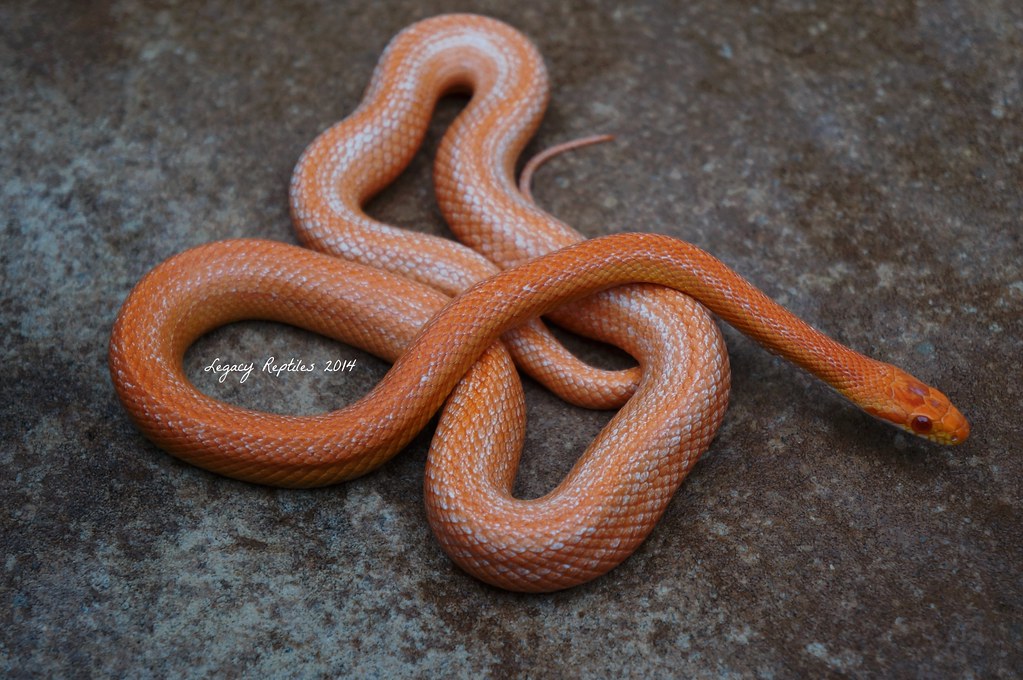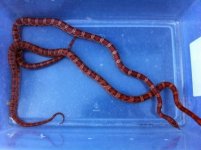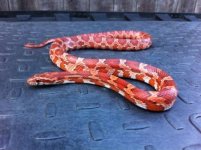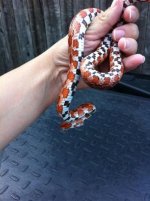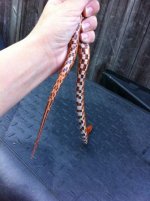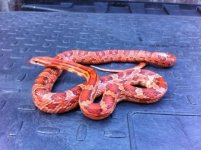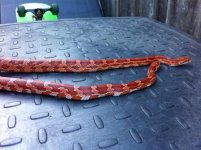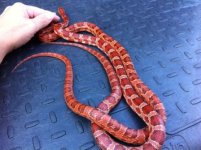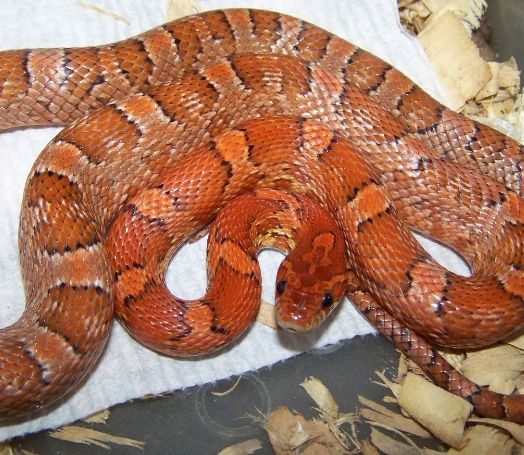dave partington
Crazy Dave
I don't think they are "all the same thing". Others politely disagree.
I concede. There are many persons around who know more than me.
What are your thoughts and convictions and beliefs on this, based on personal breeding outcomes, or looking at pictures online, and other considerations I've not mentioned?
Is there a name for the overall -heavy_on_the_eyes- change of intense color graduation/change from head to tail- which they all express? "KaMoGoRoBeSuCo"? (just taking the first two letters of each in the title of the thread and creating a native American 'sounding' word here...
Thanks,
dp
I concede. There are many persons around who know more than me.
What are your thoughts and convictions and beliefs on this, based on personal breeding outcomes, or looking at pictures online, and other considerations I've not mentioned?
Is there a name for the overall -heavy_on_the_eyes- change of intense color graduation/change from head to tail- which they all express? "KaMoGoRoBeSuCo"? (just taking the first two letters of each in the title of the thread and creating a native American 'sounding' word here...
Thanks,
dp



